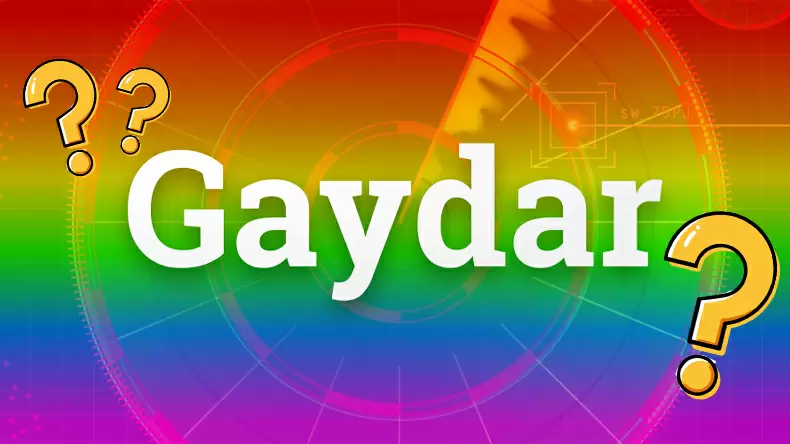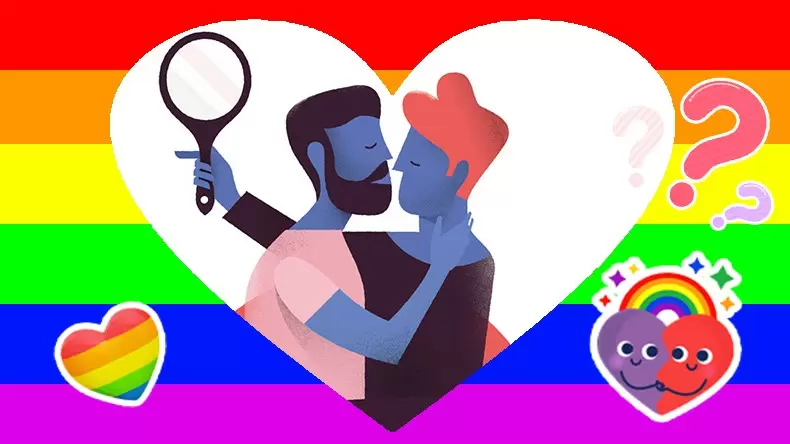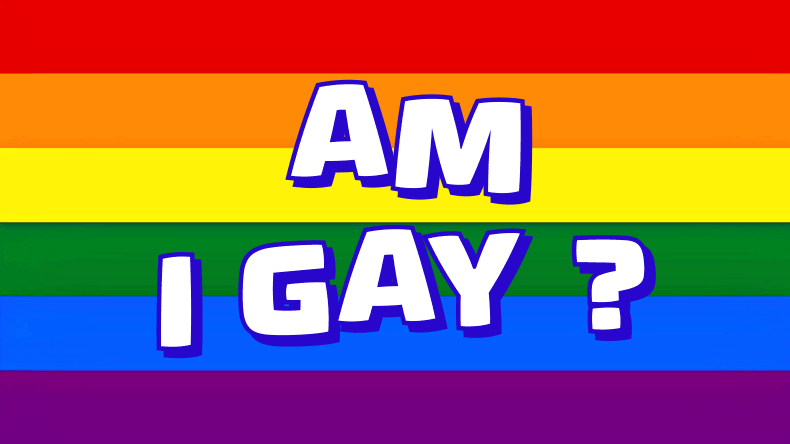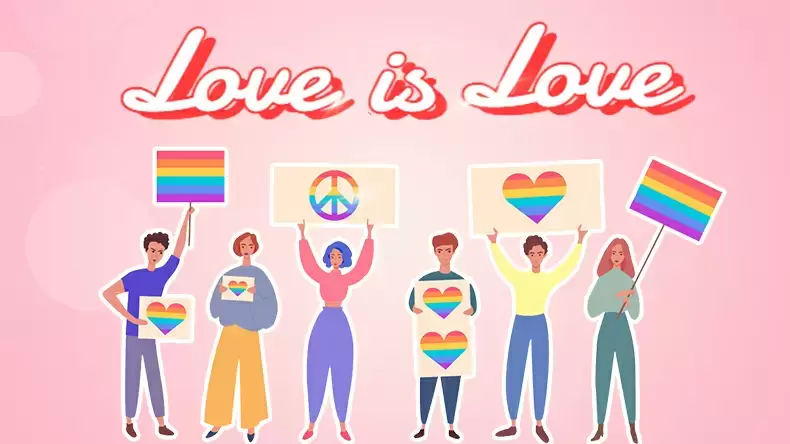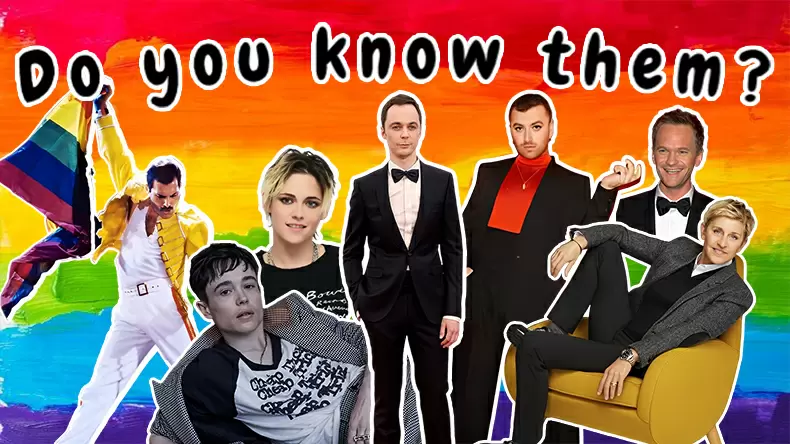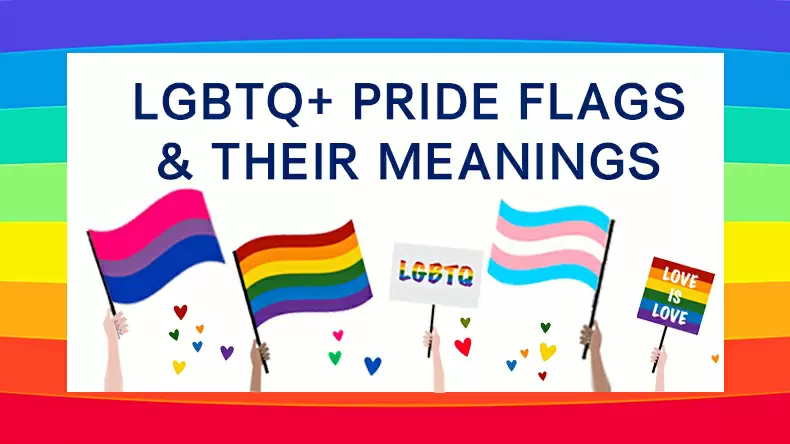Which LE SSERAFIM Member Are You? Quiz
Are you constantly surprised when your friends come out to you? Take our Gaydar Quiz and find out if you've been living in a rainbow-colored bubble!
What does gaydar mean?
The Kinsey Institute describes gaydar as “the ability to determine whether someone is gay based on their intuition about the person.” This intuition is made based on how someone dresses, walks, or talks (read: very little actual information). These elements of a person are described as sexuality cues.
In simple terms, having a “gaydar” means that you think you can determine someone’s sexuality based on a short interaction — usually when you meet them for the first time. The term can easily scoot into homophobic territory, as many people who lean heavily into anti-gay rhetoric tend to be the first to box someone into the queer community as an insult (if only they knew what they were missing!). There’s a fine line between identifying and stereotyping, and the use of gaydar plays in this space depending on the person and intent.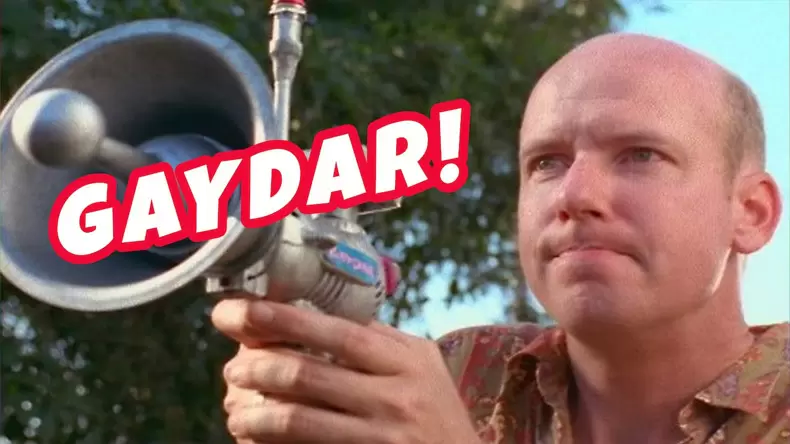
Is gaydar real?
Whether or not gaydar is real is a long-debated question. In “Perceptions of Sexual Orientation From Minimal Cues,” a review of several studies about “gaydar” by Dr. Nicholas Rule, a social psychologist at the University of Toronto, the research suggests that it is real — but not in the way you might expect. It’s important to distinguish between something being real and something being accurate. In this case, gaydar is very much real. Accurate? Not entirely.
One of the studies cited shared that people were able to detect sexual orientation as they listened to short audio recordings and watched silent videos, as well as from seeing still images of faces on a screen. In general, all this means is that a person is able to put together a picture of someone’s sexuality from a limited number of visual and audio clues.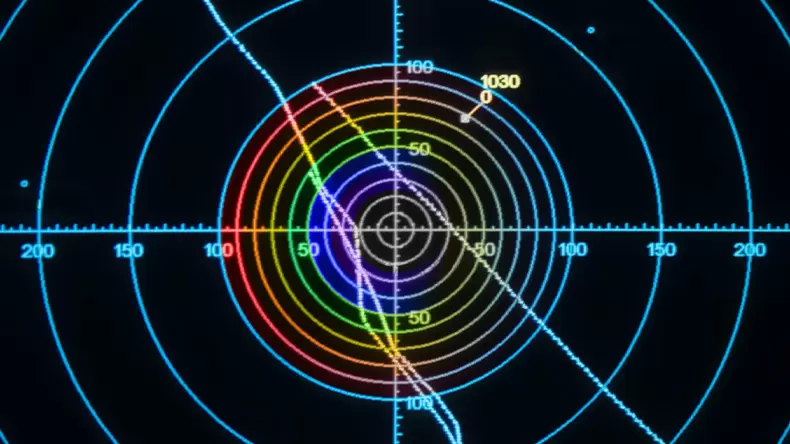
More interestingly, the gaydar tested in this study only seemed to be reflected in automatic responses. When participants were asked to think carefully about a person before making a judgement on their sexuality, their gaydar became worse. When asked why they made specific calls, it was hard for the surveyed to point to any direct reasoning — this tells us that gaydar is less based in fact and more based on societally led perceptions.
Being human is a funny experience. You meet someone, you catch a “vibe,” and you form an opinion about their sexuality based on that first interaction. It’s a wild concept, considering there’s no way to actually know what is going on in that person’s life. But I digress — back to the vibe catching.
Attraction and sexuality are an important part of life, and it’s no surprise that we’re often left trying to guess what someone’s deal is after meeting them. For some people, relying on “gaydar” is one method for determining if someone is queer or not. Others don’t believe gaydar exists. The truth? It’s really complicated.
But first things first, let’s remember that it’s impossible to actually know if someone is gay or queer without them directly telling you. Despite what media stereotypes have conditioned some of us to believe, there is no outfit, speaking pattern, physical presentation, or other signal that says “I’m gay.” Being queer is a beautiful spectrum of physical presentations, one that any one person’s gaydar doesn’t properly encompass.
So, to answer the question of whether or not gaydar is real… it is. But it’s also not. Research on the subject has truly been contentious and inconclusive (I know, nothing is easy).
Are you the last to know when someone is gay? Take our Gaydar test and see if you need to upgrade your gaydar to the latest model!

